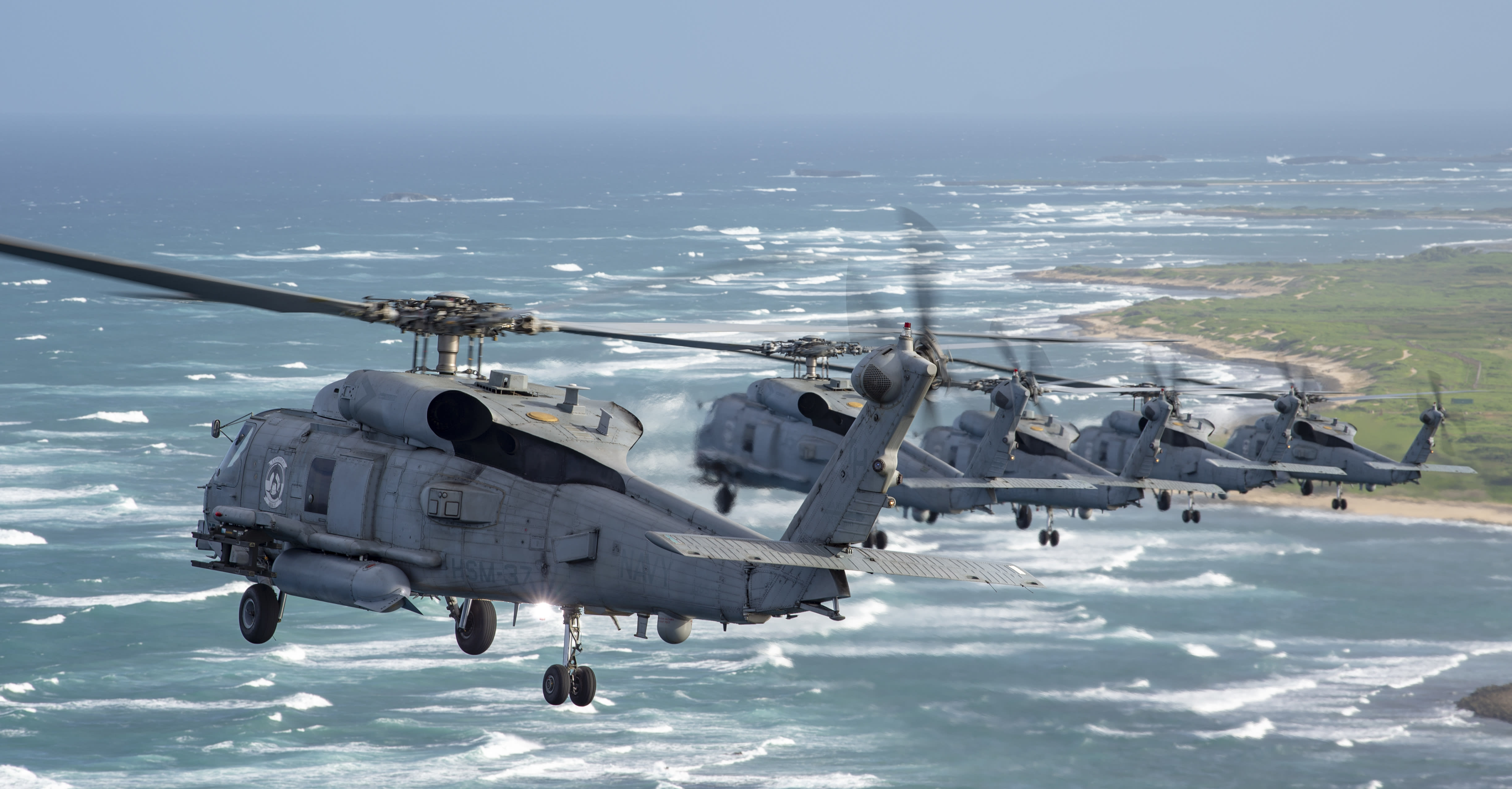New Zealand's Strategic Leap: Sikorsky and Airbus Platforms Enhance Aerial Prowess
 The Tech Times
The Tech Times
In a significant move to bolster its aerial defense capabilities, New Zealand has announced the acquisition of advanced platforms from Sikorsky and Airbus. This strategic enhancement aims to ensure the nation's air force remains combat-capable, interoperable, and reliable, as emphasized by Defence Minister Judith Collins. Such developments underscore a broader trend among nations to modernize their military infrastructure in response to evolving global threats.
A Strategic Shift in New Zealand's Defense Posture
New Zealand's decision to integrate Sikorsky and Airbus platforms into its defense framework marks a pivotal shift in its military strategy. Historically, the country has maintained a relatively modest defense force, focusing on peacekeeping and humanitarian missions. However, the dynamic geopolitical landscape, characterized by rising tensions in the Asia-Pacific region, necessitates a more robust defense approach.
The inclusion of these advanced platforms is not merely about keeping pace with technological advancements; it's also about ensuring that New Zealand remains a capable and reliable partner in international defense collaborations. The emphasis on interoperability highlights the country's commitment to seamless integration with allied forces, a critical factor in joint operations and multinational exercises.
Historical Context: From Modesty to Modernity
To fully appreciate this strategic move, one must consider the historical context of New Zealand's defense policies. Post-World War II, New Zealand's defense strategy was largely shaped by its alliance with the United States and other Western powers. However, the dissolution of the ANZUS treaty in the mid-1980s led to a shift towards a more independent defense posture.
Over the decades, New Zealand's military investments have reflected its geopolitical priorities, with a focus on maintaining sovereignty and supporting international peacekeeping efforts. The current acquisition of Sikorsky and Airbus platforms represents a significant investment in enhancing aerial capabilities, aligning with a modern defense outlook that acknowledges the complexities of contemporary security challenges.
The Global Implications of Enhanced Air Capability
New Zealand's decision is not occurring in a vacuum. Across the globe, nations are reassessing their defense strategies, particularly in the face of increased geopolitical tensions and the rapid pace of technological innovation. In the Asia-Pacific, where maritime disputes and regional power dynamics are ever-present, maintaining a capable defense force is crucial.
By upgrading its air fleet, New Zealand not only enhances its national security but also strengthens its role within regional security frameworks. This move is likely to be welcomed by allies who value New Zealand's contributions to regional stability and collective security efforts.
Conclusion: A Future-Ready Defense Force
As New Zealand embraces these new platforms, it positions itself as a forward-thinking nation ready to meet the challenges of the future. The integration of advanced technologies from Sikorsky and Airbus will not only enhance operational effectiveness but also demonstrate New Zealand's commitment to maintaining a secure and stable region.
This strategic investment underscores the importance of adaptability and preparedness in an ever-changing world. New Zealand's proactive approach to defense modernization serves as a reminder that in the realm of national security, standing still is not an option.
As the world watches this development, it is clear that New Zealand is not just upgrading its military assets; it is reaffirming its place as a key player in regional and global security affairs.
Source: New Zealand adds Sikorsky and Airbus platforms to boost air capability
Subscribe to my newsletter
Read articles from The Tech Times directly inside your inbox. Subscribe to the newsletter, and don't miss out.
Written by
